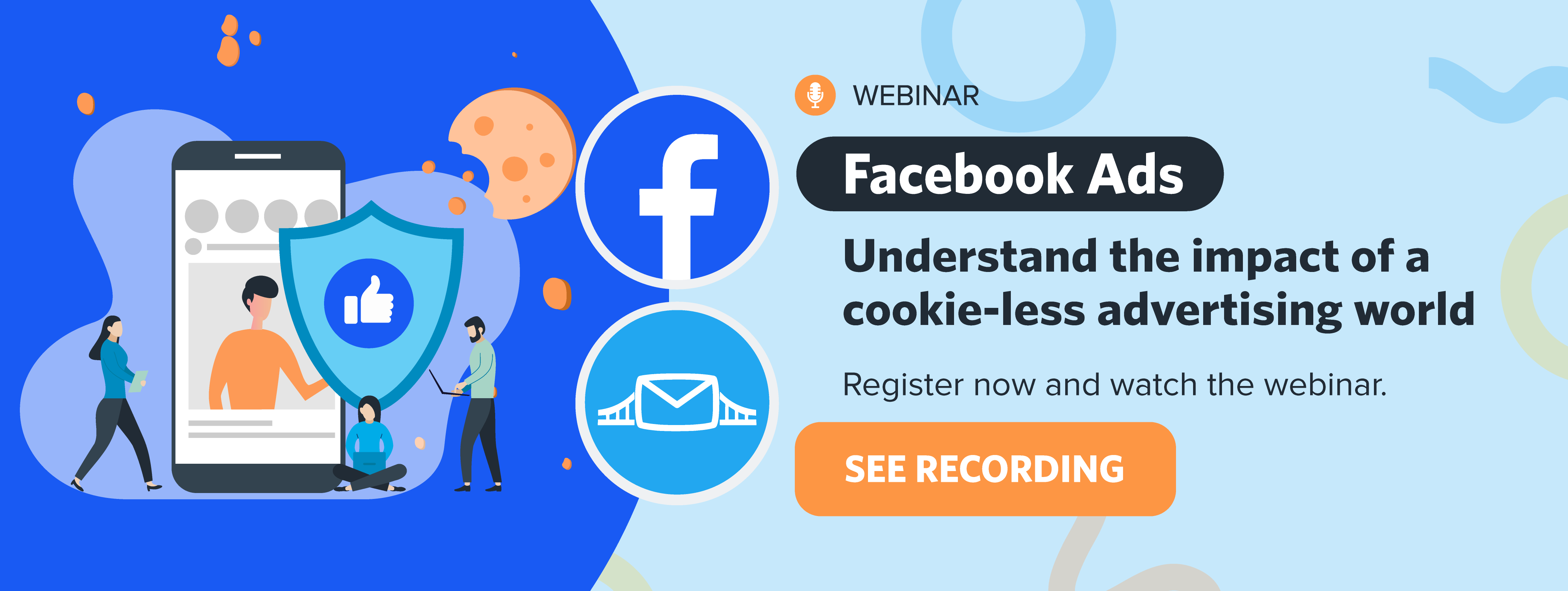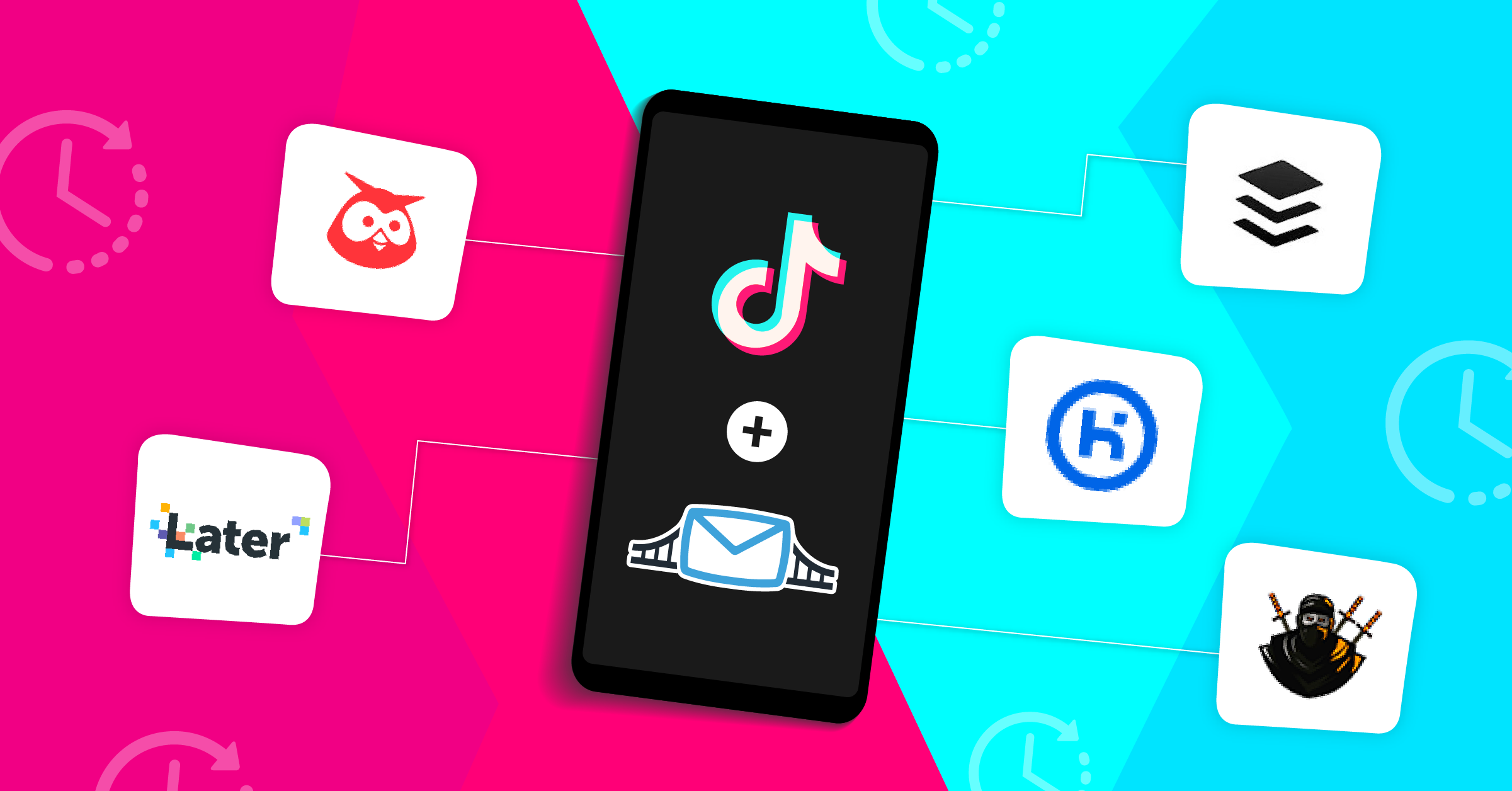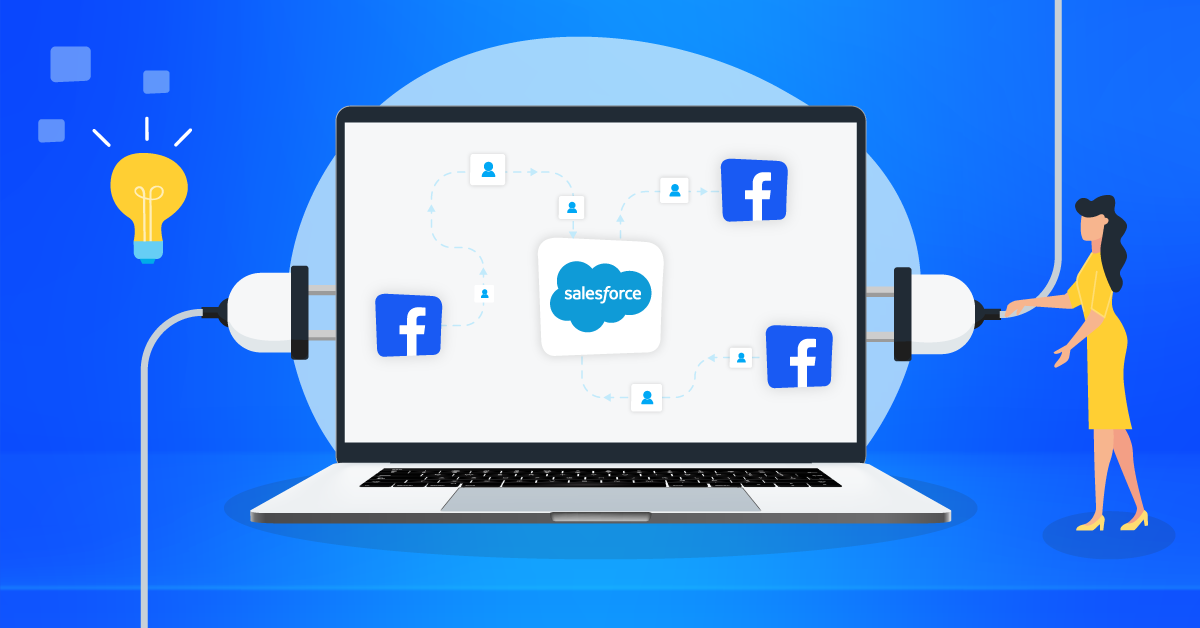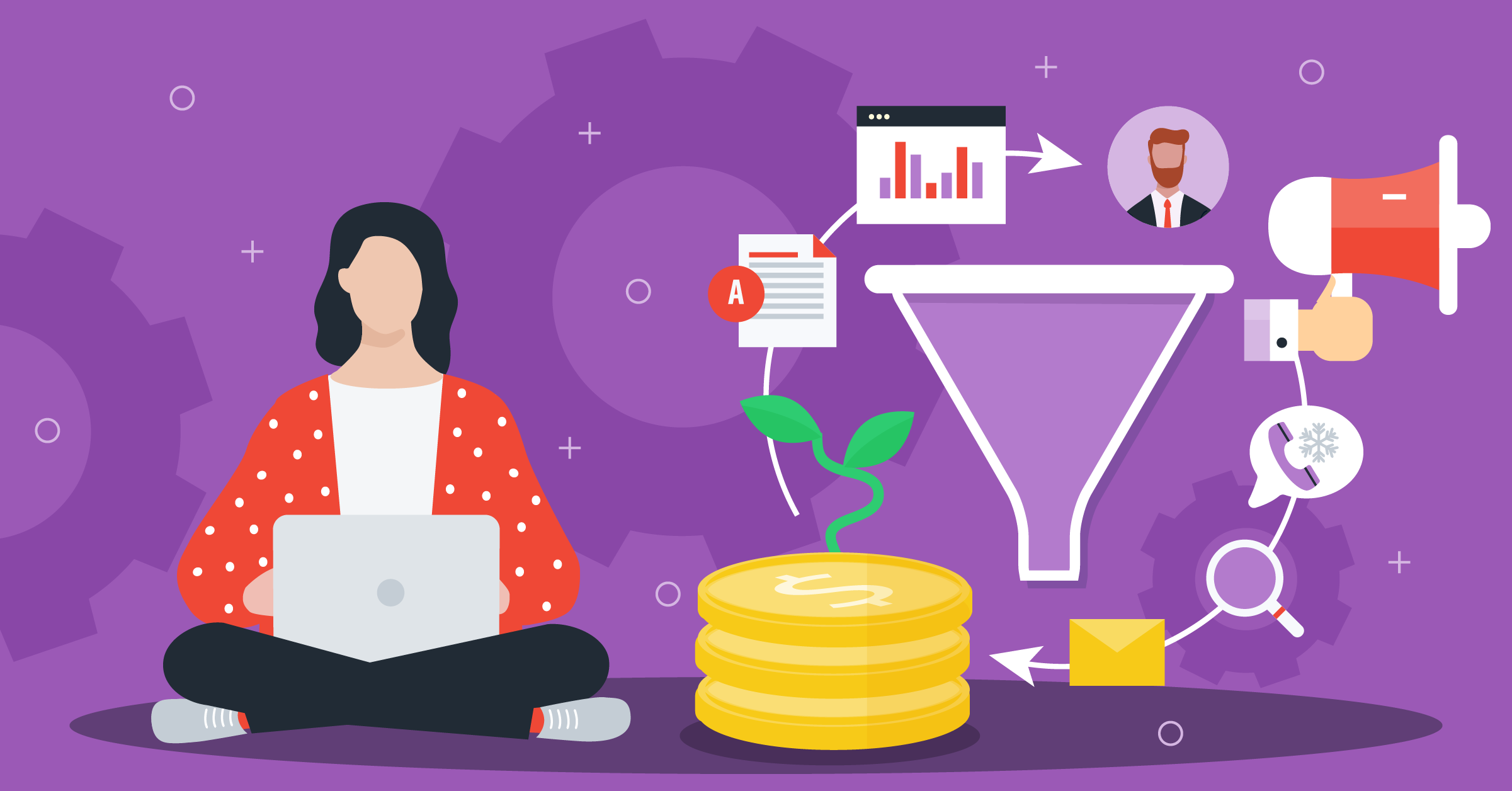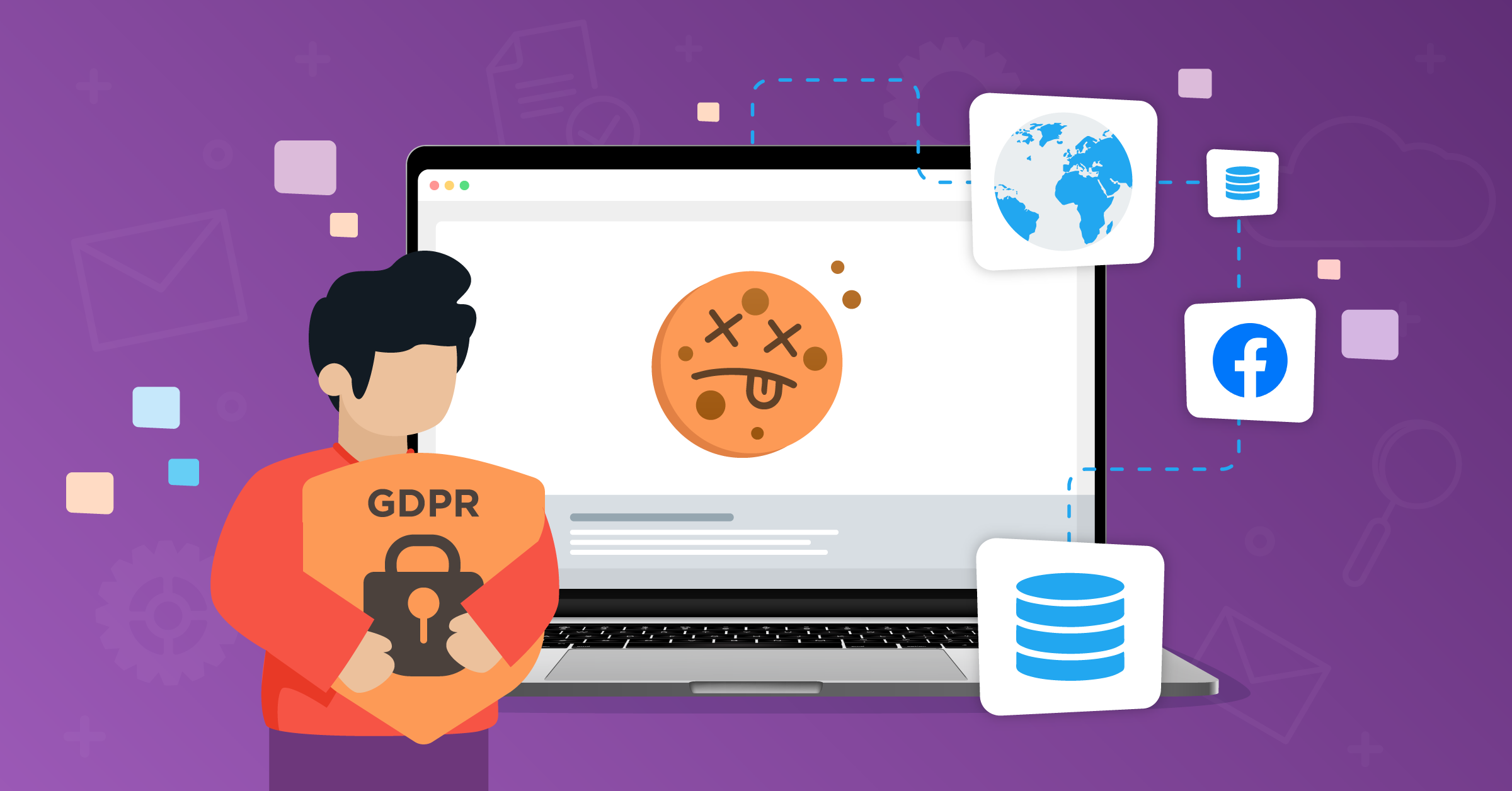
Tracking cookies is a vital part of advertising. It’s really not a secret at this point. However, understanding what a user is looking at or interested in on the internet has been the foundation for advertisers to make ads and target relevant audiences.
Although cookieless tracking has been around for some time, many businesses and advertisers feel cornered by it. Every year, new data privacy laws and regulations are being put into place that will prevent advertisers from viewing and using user data.
While it’s not the most ideal situation, there are a few things we can count on, and a few workarounds that we know about at the moment. The aim of this article is not to scare you, but to inspire you to make the most of a new cookieless advertising world.
- How to track in a cookieless advertising world
- Saying goodbye to third-party cookies
- Cookieless retargeting & tracking solutions
- Facebook cookieless tracking
- Cookieless advertising: Google’s update and how it’s been received from advertisers
- The benefits of cookieless targeting
- How to be prepared for a cookieless world
- What does the cookieless advertising future hold?
- Facebook Ads & the ultimate cookieless tracking solution
- Conclusions & takeaways
Thankfully, LeadsBridge is here to help by creating automated integrations with tools such as Facebook Conversions API – which we will look into later on in the article – that can help you work around cookieless advertising. If you’d like to look for a specific integration with Facebook Conversions API, you can easily do so yourself by typing in your desired source.
Without further ado, let’s get started with the question that’s looming on everyone’s mind as we march forward into a cookieless future.
How to track in a cookieless advertising world
Cookieless tracking and cookieless retargeting sound fairly impossible. After all, cookies were invented pretty much for that sole purpose. It’s a misconception that in a cookieless advertising world, there’s nothing to track. In fact, a website cannot function without cookies.
So how’s it done?
Well, before we dive into the details, it’s important to answer two questions: how does cookieless tracking work, and what is the difference between the types of cookies (1st, 2nd, and 3rd party)?
How does cookieless tracking work?
Cookieless tracking is a tracking method that gathers audience insights without relying on the usual cookies. It involves processes like tallying unique IP addresses or using browser fingerprinting. However, fingerprinting still requires you, as the advertiser, to inform the user for privacy reasons.
Cookieless tracking comes into action when users decline cookie consent or if cookies are not supported. Instead of cookies, it uses scripts that activate when you visit a webpage, working on the server side.

This method is considered privacy-friendly. Mostly because it uses first-party data and doesn’t store anything on the user’s device. The anonymous tracker sends this information directly to platforms like Google Analytics or similar tools, which gives you a ton of visibility on your audience’s behavior.
What are first-party cookies?
First-party cookies are created and managed by the publisher of a website, on said website. These cookies are created and used to remember website users’ preferences while visiting a specific website.
Settings like language and light/dark modes are good examples of this. If, for instance, you have Dark Mode activated on YouTube, the cookies that track that preference will not be transferred between websites. Instead, you have to manually activate Dark Mode on each website that you visit, if it’s offered.
Since this is the only permitted way to use cookies (according to regulations), you’ll want to have a robust first-party data management system in place. This helps you get the most out of your first-party cookies.
What are second-party cookies?
Second-party cookies are cookies that are simply transferred from one company to another in a collective data partnership. The perfect example of this is when a bank or credit union sells first-party data to a credit card company.
The credit card company can then use said data to accurately target audiences, and better understand who qualifies for a credit card, and who doesn’t. Because this data is sold for targeted advertising purposes, it is classified as second-party. With some precautions, you can use these cookies and remain compliant with current consent regulations.
What are third-party cookies?
Third-party cookies are the cookies that are being done away with. These cookies are collected as you travel from website to website. They contain information about your preferences, interests, and habits. For many people, sharing information like this is concerning, which is exactly why the GDPR and CCPA have decided to step in and regulate third-party cookies.

Saying goodbye to third-party cookies
The use of third-party cookies in advertising has provided a solid foundation for marketing teams. For better or worse, Consumer Privacy Acts like GDPR and CCPA are making active efforts to further protect user data by making it unobtainable to advertisers without consent and full transparency.
In an updated etracker Consent Study, experts analyzed current websites using data from June 2023. They found that, within about a year, the average consent rate decreased from 46% to 35%. With many users refusing to share information, it’s impossible to build a detailed customer profile and provide a personalized experience.

Major platforms like Firefox and Apple have already eliminated third-party cookies and are advancing technologies like ITP2.2 and ETP. This is done by completely blocking third-party cookies entirely. If you want to target Apple users, for instance, you’ll need a server-server tracking system in place.
Gareth Boyd, who is the Head of Growth at the Australian credit card comparison website CreditCardCompare.com.au, says the introduction of cookie blocking technologies made a material impact on their business. “The first version of ITP in Safari made it incredibly difficult to measure the performance of our advertising campaigns on Apple devices. We noticed our partners were incorrectly attributing conversions since they were not set up for cookieless tracking. This only got worse as other browser vendors followed suit.”
As the reality of the cookieless advertising world hits, Google wasn’t indifferent. It initially aimed to eliminate third-party cookies in Chrome before 2022, which was postponed to 2023. However, they have now extended the phaseout to 2024 to accommodate the launch of Privacy Sandbox APIs in the third quarter of 2023.
And once it does so, it will affect a company’s ability to target the following fields:
- Behavioral targeting
- Audience targeting
- Ad retargeting
- Frequency capping
- Audience extension
- View-through attribution
Cookieless retargeting & tracking solutions
So what does the cookieless advertising world have in store for us next? The answer to that really isn’t as clear as we’d hope. Although there are plenty of companies out there looking for adaptive solutions and tools, we all have to kind of use what we know.
We’ll get into tools in a moment, for now, let’s discuss some temporary workarounds. Data-sharing solutions are also gaining popularity as a way to overcome the challenges of cookieless tracking and retargeting, where businesses share first-party data with one another to expand their reach and gain new insights.
Using first-party data
Although it’s not nearly as insightful, first-party data can be used from CRM tools, web traffic, and generic in-app data. This data is collected primarily from users who have already shown some sort of interest in your specific product, but it is definitely better than nothing, and it will still help with conversions.
LeadsBridge makes this connection automatic with easy integrations between your CRM and Facebook Custom Audiences, LinkedIn Matched Audiences, and Google Customer Match.
Below, you can find some of our most popular integrations for these tools.
If you’d like to learn more about how Google Customer Match works, you can watch the recording of our webinar in partnership with Google.
Contextual advertising
Contextual advertising is essentially targeted advertising, specifically for advertisements that appear on websites and other media. This includes content displayed in mobile browsers.
In contextual advertising (or context advertising), media is controlled based on the content of the website using linguistic elements. Advertisements that appear on the webpage are related in some way to the content of the page.

Whitelisting
Whitelisting consists of targeting a list of domains, channels, and even apps that are relevant to the industry, and making the user see ads populating the site. Periodical maintenance and optimization would help to increase the conversion rate in this case.
Facebook cookieless tracking
Tracking Facebook Ad campaigns used to be as simple as plugging in a few lines of Javascript code and leaving everything else up to Facebook Pixel. Following the rise in data privacy laws and the absence of third-party data, this will no longer be the case in our new cookieless advertising world.
Fortunately, a Facebook cookieless tracking solution exists, and it’s called Facebook Conversions API, or CAPI for short. This tool was created in response to Pixel’s decreasing reliability but works in unison with it. Here’s how it works with a simple infographic.
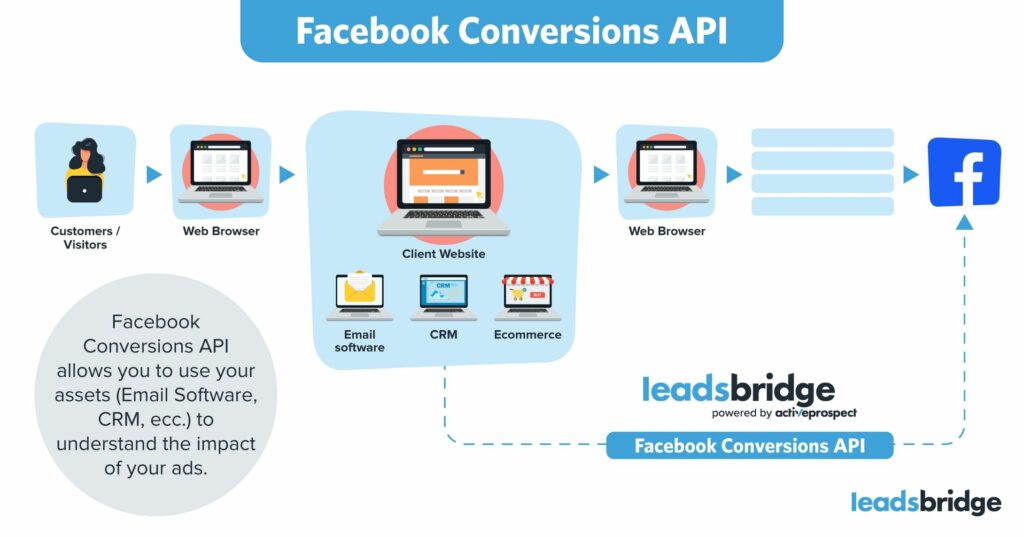
As you can see, this process is fairly simple. Customers’ actions, signals, and events are so precious. Browser data, Pixel, and cookie-based technologies have been working great for years. However, we are moving towards a new era, where cookies and browser data are no longer as effective for tracking purposes as they were.
As an official Meta partner, LeadsBridge is able to establish a server-based connection between the marketing stack and the Facebook Business Event Manager. The process is simple and quick and requires no knowledge of coding.
As an advertiser, you will be able to directly connect your CRM, website, ecommerce, call center, mobile app, and any other systems with Facebook, making cookies unnecessary.
Regardless of the variety of systems that you use, LeadsBridge is able to retrieve, centralize, and dispatch data to Facebook via a reliable server connection. And while doing so, avoid interruptions and loss of data.
With the combination of Conversions API and LeadsBridge, advertisers can leverage a reliable server-based connection. In addition, they’ll gain a granular understanding of the customer’s journey across multiple online and offline channels, and get a better grip on cookieless advertising.
Below are some of our most popular integrations to facilitate your Facebook cookieless tracking strategy:
Cookieless attribution
The privacy updates for user-level tracking are constantly changing. Many channels that marketers were using to collect data just a few years ago are now completely obsolete.
This is the reason why marketers are now looking for ways to perform cookieless attribution. They are preparing for a cookieless advertising world and data privacy. The truth is, the end of cookies doesn’t signify the end of the track. In fact, there are alternative ways you can follow to get data for your campaigns.
As said above, LeadsBridge provides a solution for cookieless attribution: that is our integration for Facebook CAPI. With LeadsBridge and Facebook Conversions API, you can share your data easily. With it, you can track conversions such as leads, phone calls, purchases, email subscriptions, etc.
Secondly, focus on first-party data. Collect them by giving them something in exchange for the information. Connected TV is also an alternative you can consider for getting accurate data to understand the buying decisions of users.
Cookieless retargeting
Retargeting is a way to re-engage website users who have interacted with your business. More importantly, retargeting ads are profitable. Research shows that the average CTR for retargeting ads is 10 times higher than regular display ads.
However, most advertisers use third-party cookies for ad retargeting. Remember, third-party cookies are going to be obsolete soon. So, how do you run a cookieless retargeting campaign?
The good news is that retargeting is still possible without using cookies. One thing you can do to achieve this is to use a landing page for your ad campaign. Run the campaign and send users to the landing page.
Thereafter, you can design a cookieless retargeting campaign that targets visitors who come to the landing page. This is an efficient and effective way of retargeting because you are re-engaging people who may be likely to convert.
You can also use your CRM as a part of your cookieless retargeting strategy to leverage the valuable information stored in your system. This helps you take on high-converting, personalized advertising initiatives.
All you have to do is seamlessly integrate this data with advertising platforms by categorizing audiences according to their interactions and preferences documented in the CRM.
This approach facilitates the delivery of precisely targeted advertisements and rekindles the interest of less-than-responsive prospects while nurturing the engagement of active customers. The best way to go about this is by employing automation tools such as LeadsBridge and creating automated data bridges between your CRM and Facebook.
Learn more about cookieless retargeting here.
Cookieless measurement
Cookieless measurement, or marketing measurement without cookies, is challenging due to its complexity and the shift away from traditional cookie-based methods. While Google has postponed the removal of third-party cookies to 2024, the transition to cookieless is already underway, with significant platforms no longer relying on cookies.
Advertisers face difficulties in measuring their performance across various channels. The deprecation of cookies affects key performance indicators (KPIs) across all channels, which necessitates new measurement strategies.
Some solutions include using Google Floodlight conversions, Facebook Conversions API, machine learning-based predictions in Google Analytics, and closed-loop measurement with authenticated IDs.
However, no single solution exists for cookieless measurement due to the vast array of identifiers and channels. What you need is a combination of robust tools and strategies. A mix of authenticated IDs, clean rooms, in-app measurements, and other methods that accommodate your strategies and objectives.
Cookieless advertising: Google’s update and how it’s been received from advertisers
Google’s move toward a cookieless advertising model has stirred quite a buzz in digital advertising circles. This transition_ which was prompted by the growing focus on user privacy and online security_ has triggered various responses and adjustments among advertisers.
Back in 2021, Google opted out of PII collection methods. Mostly because it has implemented what seems to be a more secure alternative: Federated Learning of Cohorts (FLoC), aka Privacy Sandbox.
According to Google, the Privacy Sandbox is a “privacy-first” and “interest-based” advertising technology. Instead of third-party cookies tracking a user’s browsing habits across the web, Google Chrome will do this instead: Users will be placed into an audience or “cohort” grouped according to their habits, and advertisers will then be free to target their ads to these unidentifiable cohorts, rather than individual users, therefore maintaining their personal data private.
Why is Google eliminating cookies?
According to Justin Schuh, Google’s Director of Chrome Engineering, Google wants to take its distance from third-party cookies because users are demanding more privacy, transparency, choice, and control over how their data is used.
As a matter of fact, 86% of people stated that they were actively concerned about their data privacy. A further 78% expressed concerns about the amount of data collected. So, the issue seems to be real.
But what does this mean for advertisers?
Although it hasn’t taken place yet, Google’s announcement of bidding farewell to third-party cookies in Chrome by the end of 2023 represented a significant shift in the online advertising world.
Advertisers are exploring alternative tracking technologies that comply with privacy norms. Digital Asset Management (DAM) platforms, for example, provide a means to gather and analyze data without relying on cookies.
Also, first-party data, which is data collected directly from interactions with a brand’s website or app, is gaining tremendous value. It’s much more important now to improve audience targeting and personalized advertising.
Advertisers are also turning to contextual advertising akin to Google algorithms: Focus on the content and context of a webpage rather than individual user data. This approach helps align ads with users’ interests without relying on cookies.
The benefits of cookieless targeting
But it’s not all bad! In fact, cookieless targeting offers marketers and advertisers a great opportunity to experiment with new targeting solutions and innovate their strategies in a cookieless targeting world.
We’ve listed below 4 key benefits associated with cookieless targeting.
1. Cookieless targeting helps you reach users when they’re in the right mindset.
For example, when a user is browsing for a specific topic, this signals their intent at that very moment. More specifically, if a user is reading about bed linen, it means they are in a receptive mindset for content and ads related to bed linen.
With cookieless targeting, that user could be served ads for bed sheets or pillows, as it’s likely at that time they’re thinking about bed linen-related products. The kind of content a user is consuming gives out an immediate signal about their intent at a specific moment in time, and with cookieless targeting, you can reach them in that specific moment with exactly what they want.
2. Cookieless targeting helps you target niche audiences.
Contextual advertising – which we’ve talked about earlier – provides the opportunity for marketers to target niche audiences by specifying a topic or a set of keywords. For example, a marketer who is running a campaign for a hair care product may want to target a specific pool of users by highlighting the fact that the product is vegan.
Cookieless targeting would enable them to indicate keywords related to vegan hair care products to precisely target a niche audience. This strategy is effective because it ensures your ads are served to consumers who are extremely receptive to your product.
3. Cookieless targeting provides real-time metrics.
Since contextual advertising campaigns are served programmatically, you can review metrics as the events happen and optimize campaigns for maximum performance. This way, you can review your selected topics and keywords in real time.
Also, being able to make real time changes means you’re able to make adjustments that will reduce any ad dollar waste.
4. Cookieless targeting is safe, and it builds trust.
Now more than ever, consumers care about where they shop and are extremely careful about sharing their personal data. Contextual advertising helps you deliver advertising that is safe, by leveraging content rather than user data to reach the right audience. This approach ensures privacy and security while still effectively reaching your target audience.
For example, a consumer who is interested in environmental issues will likely browse the internet for content that provides insights on sustainable living. With contextual targeting, a brand that is promoting zero-waste products can target the keyphrase “sustainable lifestyle” with its ads to appear next to content that covers such topics.
How to be prepared for a cookieless world
Even though the timing of it is still unsure, we know for a fact that a cookieless world is in store for us, and the best way to face it is to be prepared for it, as much as possible. Below, we gathered some best practices to face the upcoming cookieless world with confidence.
Use a single online domain name
Having one single domain makes it easier for you to track your customers’ authenticated and persistent IDs across your website, with unified first-party data management. This way, you’re able to recognize your customers without duplication, both across the web and mobile, to monitor their connected journey.
A single online domain helps you gain a holistic view of your customers as they interact with your business, as well as a clearer understanding of potential cross-sell & up-sell opportunities that would have been hidden in a siloed, multi-domain environment.
Capture people-based identifiers
People-based identifiers are like authenticated IDs, but they link marketers and advertisers, while addressing privacy concerns. Durable identifiers that we know of today are email addresses and phone numbers. Maybe, moving forward, something new will eventually be developed that also classifies as an identifier. These are extremely important to effectively target users across platforms and reach audiences.
For example, hashed emails allow you to access valuable data on your customers and their online habits by leveraging the same email, which has a unique string that remains consistent across the web, tracing a customer’s activity across devices.
Develop second-party partnerships
Third-party data are a no-no, but second-party data can still be leveraged to some extent to face a cookieless world. Second-party data is another company’s first-party data that is shared with a partner, through a mutual agreement, either by dropping a container on the partner’s website or by exchanging files.
These partnerships are especially useful between companies with businesses that overlap in some way or have similar customer bases – for example, credit card companies and airlines can collaborate on branded cards with frequent flyer miles. Obviously, transparency with consumers is a must: they should be asked to give consent to this kind of data sharing.
What does the cookieless advertising future hold?
In addition to the methods listed above, there are some ways to work around it, but nothing is as headache-free as using third-party cookies. Analog methods for measuring cookies have also been available, they just aren’t the go-to. And it’s for good reasons.
In marketing, the word analog instantly raises a red flag. Analog means more time, effort, and even money. The reason a lot of companies even exist is to automate these processes, LeadsBridge being one of them.
Fortunately, it’s not all lost. With the power of LeadsBridge and CAPI, targeted advertising through Facebook doesn’t have to be difficult or analog. In fact, it’s quite an easy process that has helped companies land tons of leads, all automatically and in real time.
Facebook Ads & the ultimate cookieless tracking solution
Facebook’s Conversions API offers a cookieless tracking solution that enhances ad targeting and measurement while respecting user privacy. This server-side tool allows businesses to send data directly from their servers to Facebook, bypassing traditional client-side cookies.
But how does Facebook Conversions API work?
The Conversions API transmits events, like web interactions or offline events, from a server to Facebook. This method reduces the need to collect browser-based data collection. This way, businesses have more control over the data they share, and better align with privacy regulations.
Given the broad sets of data on user actions, setting up your Conversions API helps you measure your campaign’s performance every step of the way. This naturally leads to better audience profile building and ad targeting.
Facebook’s Conversions API & LeadsBridge Integration
Integrating Facebook CAPI with LeadsBridge lets you create a seamless flow of data from various sources to Facebook. This is particularly useful for businesses that capture leads through multiple channels and tools. However, even small brands with minimum advertising range can upgrade their data management game using automated data bridges.
Here are the top advantages of connecting your databases (CRMs, autoresponder, etc.) to Facebook Conversions API.
- Better lead data management: LeadsBridge can automatically sync lead data, making sure that your data sets are quickly and accurately synced and ready for targeted advertising.
- More accurate Custom Audience creation: Tracking conversions also improves your targeting. As a rule of thumb, the more data you provide to Facebook, the more tailored your Custom Audiences will be.
- Improved Ad Targeting: Comprehensive lead data can help you better target your audiences. You can find out what works and what doesn’t and optimize until you find the perfect balance.
- Compliance and privacy: These integrations keep your data up to date. For example, if a user opts out of your contact list, it’ll be taken out shortly. This practice respects user privacy and complies with data protection regulations.
Conclusions & takeaways
For years now, advertisers have relied on third-party cookies to accurately target and retarget their audiences. And although the cookieless world might seem like a daunting future, in reality, it will be okay.
For ultimate control over this cookieless advertising and retargeting situation, the combination of LeadsBridge and Facebook Conversions API is unbeatable. Not only can you automate the process, but you can rest assured that all data transfers are both GDPR and CCPA compliant.If you’d like to request a demo to better understand how LeadsBridge can set your Facebook Ad Campaigns on autopilot, then be sure to reach out to us. We have a dedicated support team ready to help you and guide you through the entire process.


















